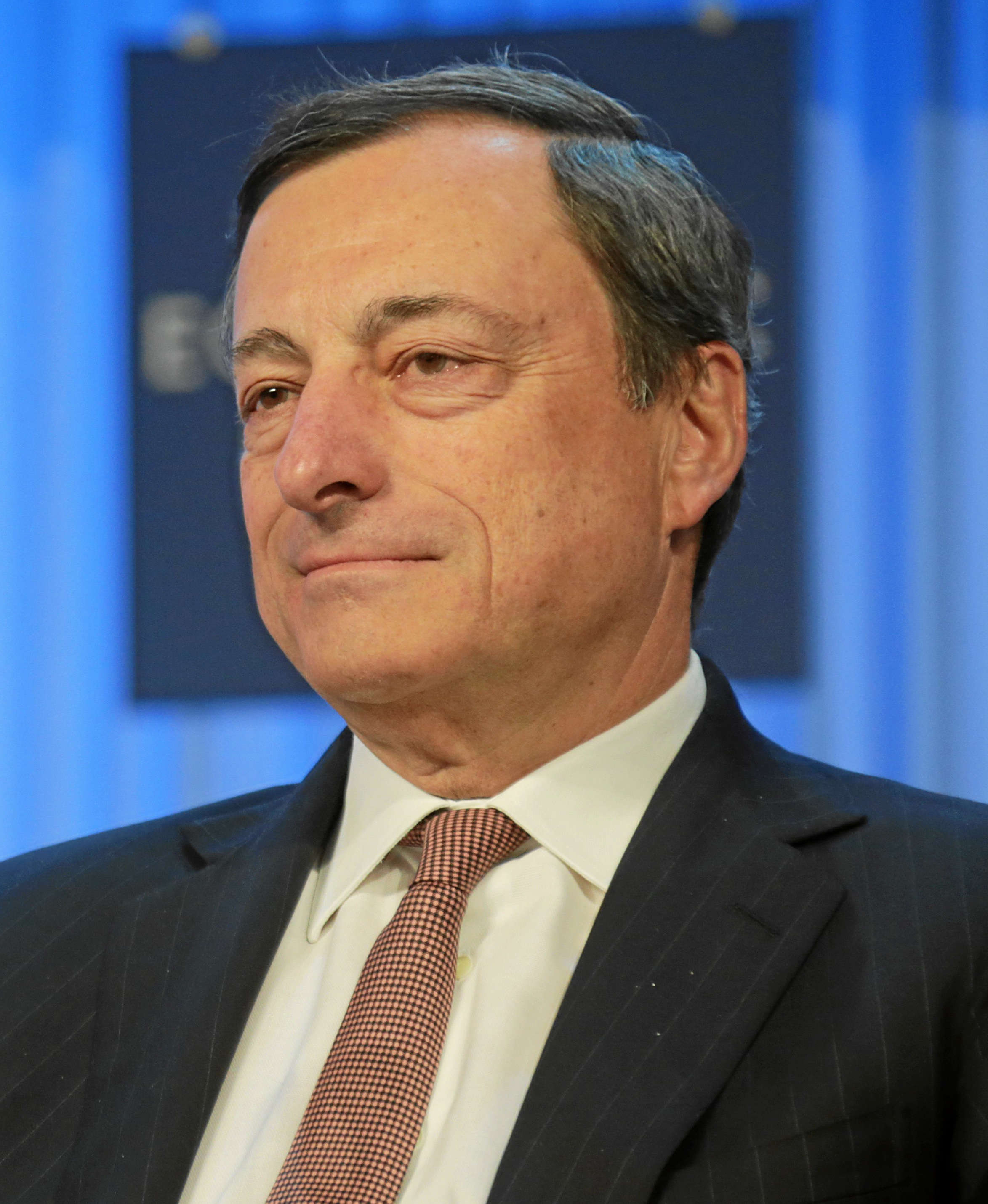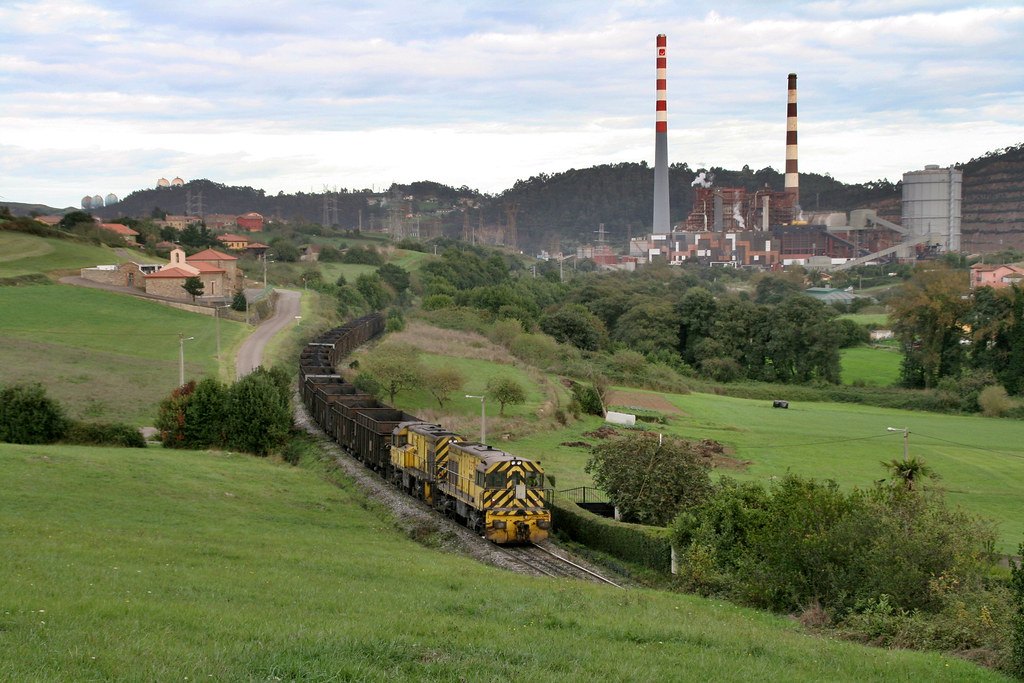Did
you ever think about travelling? Did you ever think about any place you could
visit? Did you ever think it could be within the European Union? Yes, it could
be. Here, we are going to show you some amazing places into the EU.
Classic and historic. Mystic and
modern: Brussels
Brussels,
Belgium’s magic capital. It is located in the north-western part of Europe,
and, together with Amsterdam, the most important cities of the Low Countries.
It is the most inhabited city of Belgium. They speak French and Flamenco. It is really
important to the EU because there, it is located the European Commission.
In this city you have to visit 3 main places: the
Grand Place, the Atomium and the Manneken Pis. The Grand place is the central
place of Brussels, where can find the town hall, the king’s home (where in the
past the bread was sold) and the market. The Atomium is a 100 metres structure,
located in Heysel’s park, which represent an atom and was constructed for the
World’s fair of 1958. Finally, the Manneken Pis, is a small boy peeing, which
is each week dressed up by different costume, which represents, for example, in
Christmas, Santa Claus.
The
music city on the banks of the Danube: Vienna
The music note of Austria, Vienna. It is located in
the Eastern part of Austria but in the centre of Europe. It is the most
inhabited city, with more 2 million people. They speak German the whole
country. It is really famous for its gastronomy such as the chocolate or the
pretzels. However, the most famous dish is a dessert called the Sacher Cake.
In this lightened city, you can visit too many places.
The main ones are the Wiener Riesenrad, which is the Vienna’s Giant Wheel;
the Schönbrunn’s Palace, which was made
for Leopoldo I, one of Austria’s emperor; and the Spanish Ridding School, where
you can enjoy a horses’ demonstration.
The
Adriatic’s Pearl: Dubrovnik
The prettiest and whitest city of Croatia, Dubrovnik.
It is in the south part of Croatia, the last country to enter in the EU and,
although it is not the biggest city of Croatia, it is one of the most famous.
Referring to Europe, it is located in the South-eastern part of Europe. They
speak Croatian. It has a Mediterranean gastronomy. Its main dishes are the
oysters and the lamb.
This city has lots of things to see. The main one is
the beach. It has lots of crystal waters and fine sands, with beautiful fishes
swimming. You can also find the walls of the city and the St Blaise’s Church,
which is the most famous monument of the city. Most of the people there are
catholic, so if you are also a Christian, you can go to prey there. If not,
there is also a mosque for muslims.
BY: JUAN MANUEL











